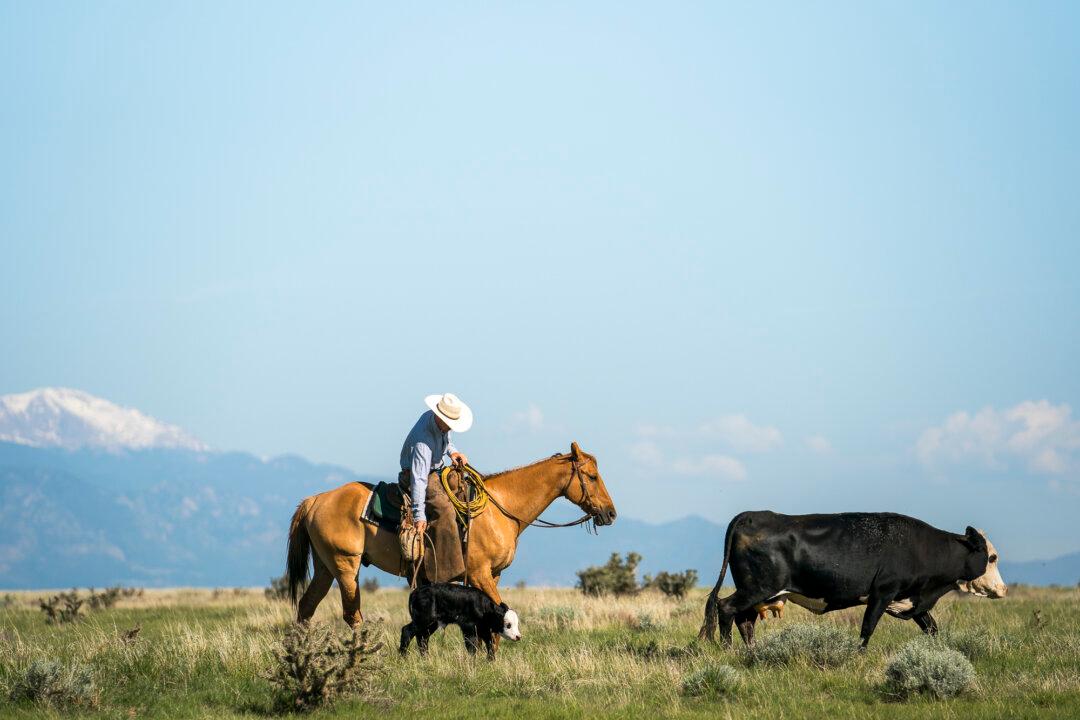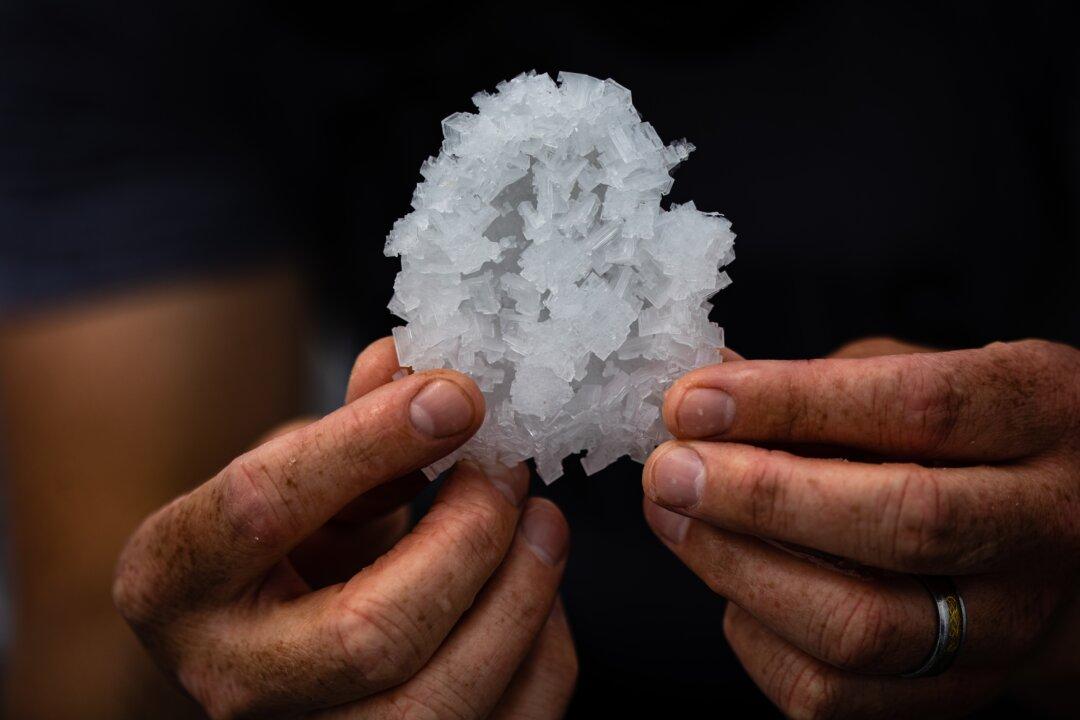It’s easy to take a long view from Colorado’s Chico Basin Ranch.
Thirty miles northwest, the 14,115-foot Pikes Peak glows white with a leftover heavy winter coat of snow, towering above Colorado Springs, the nearest city, about 20 miles away. Due south about 100 miles, the legendary twin volcanic prominences of the Spanish Peaks anchor the skyline, made famous almost a century ago by Western author Zane Grey. To the east, a limitless horizon stretches a thousand miles from this quiet vale in a broad valley, on the westernmost verge of the Great Plains.
On a sunny, 65-degree morning, it’s a blissful place to just be present in the here and now.
But focus a bit and you might also glimpse the future. In a land where pioneers of many kinds have established new ways for centuries, the managers at Chico Basin are pioneering what they believe is a more thoughtful, respectful, and productive way to operate a High Plains ranch, relying on old methods (raising cattle) and 21st-century adaptations such as opening the ranch to birdwatchers from nearby cities.
A New Way of Ranching
Look beneath the waist-high cholla cactus and you’ll see buffalo grass that has been lightly grazed on. The low-growing, protein-rich plant once sustained 50 million bison on the Great Plains, and it now sustains Chico Basin’s herd of 2,000 Beefmaster mother cows—a somewhat modest herd size for the ranch’s 87,000 acres.
Look past the cholla and you might see birdwatchers trundling by in an electric SUV, on the lookout for meadowlarks, prairie falcons, black-crowned night herons, burrowing owls, and the other 350 or so species that have been sighted here. Avian fans pay a modest daily fee or an annual pass to the ranch, which entitles them to cruise the property to practice their hobby.





